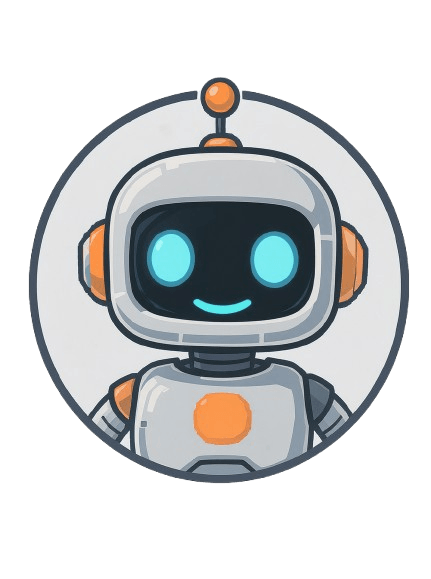
Machine Learning for Beginners: How AI Really Works Behind the Scenes
Estimated read time... 10 - 12 minutes
🪄 Your Mate's Guide to AI Magic
(Without the Bollocks)
Right, gather 'round. We need to talk about machine learning, and I can already see you reaching for your phone to scroll TikTok instead.
But before you bugger off,
hear me out – this stuff is everywhere now, and understanding it is like knowing how to change a tyre or make a decent cup of tea.
Essential life skills, really.
Plus, after reading this, you'll finally understand why your Netflix keeps suggesting rom-coms when you're clearly more of a "people getting murdered in small villages" type.
And trust me, by the end of this guide, you'll be the one explaining machine learning to your mates down the pub.

🏆 Ready to become an AI-savvy legend? Download our free beginner cheat sheet – it's got everything you need to start using machine learning tools like a pro, without the technical headaches.
📚 What's All This AI and Machine Learning Fuss About Then?
Let's start with the basics, because apparently, everyone's throwing around terms like "AI" and "machine learning" like they actually know what they're on about (spoiler: most don't).

Artificial Intelligence (AI) is basically getting computers to do clever human stuff – like recognising your nan's face in photos, understanding sarcasm (though let's be honest, even my mrs struggles with that one) or beating you at chess without breaking a sweat.
(If you're still a bit fuzzy on the basics, we've covered What AI actually is? ...in simple terms before.)
Machine Learning (ML) is the bit that makes AI actually smart. Instead of programming a computer with every possible scenario (which would take roughly forever and a day), we let it learn from experience.
Here's the key difference: Traditional programming is like giving someone a recipe – follow steps A, B, C exactly.
Machine learning is like teaching your teenager to cook – eventually, they'll figure out that turning the heat up too high burns everything, without you having to explain it 47 times.
Deep Learning is the really fancy stuff making all the headlines – ChatGPT writing your emails, AI creating photos of cats wearing tiny hats, and voice assistants that actually understand you're asking for the weather, not the "leather" (seriously, early Siri was having a mare).
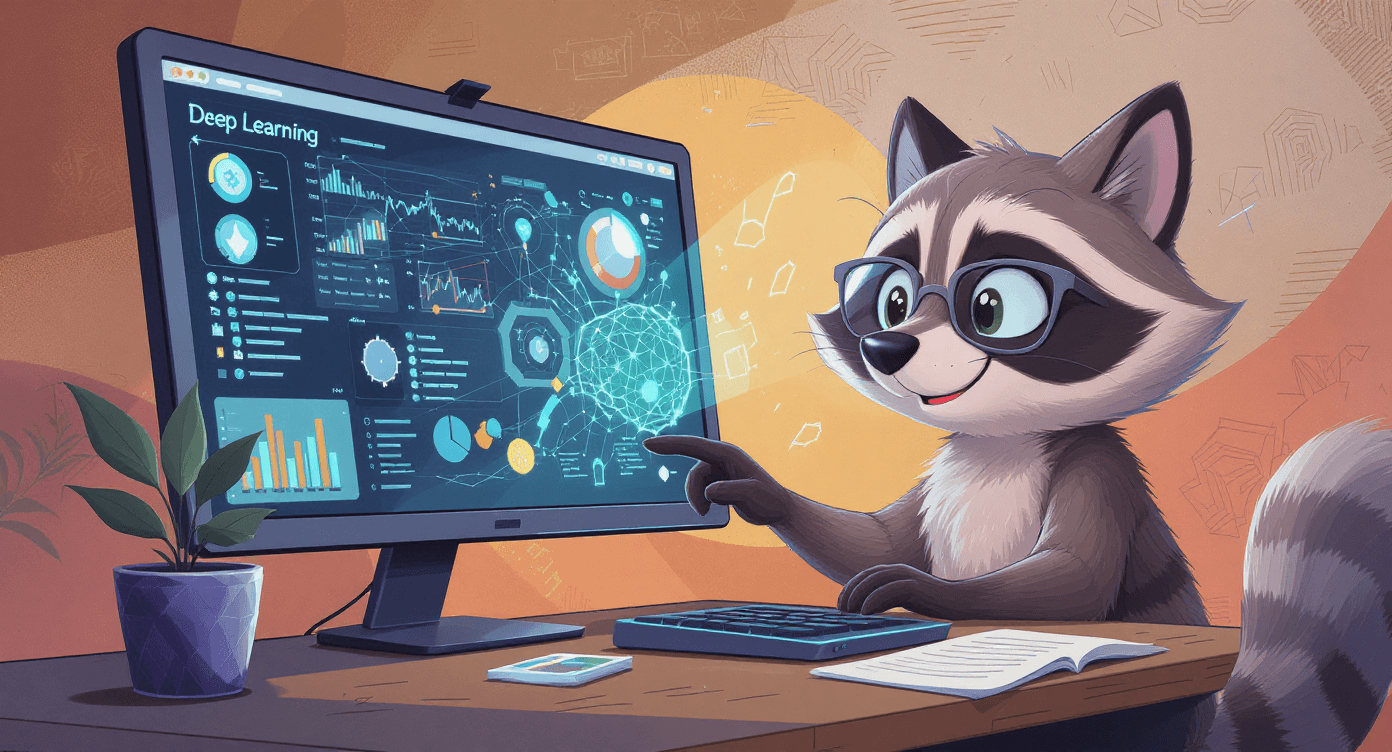
🧠 Quick fact : Machine learning models can actually "forget" old information when learning new things - it's called "catastrophic forgetting"
📜 A Quick Trip Through AI History (Don't Worry, No Dates Quiz Later)
This isn't some newfangled Silicon Valley nonsense. Scientists have been trying to build clever computers since the 1950s, back when computers were the size of sheds and about as user-friendly as a shopping trolley with a wonky wheel.
The whole journey's been more ups and downs than a British weather forecast.
We had brilliant breakthroughs in the 60s and 70s, then everything went quiet for decades (they called these the "AI winters" – which sounds like a really depressing Netflix series).
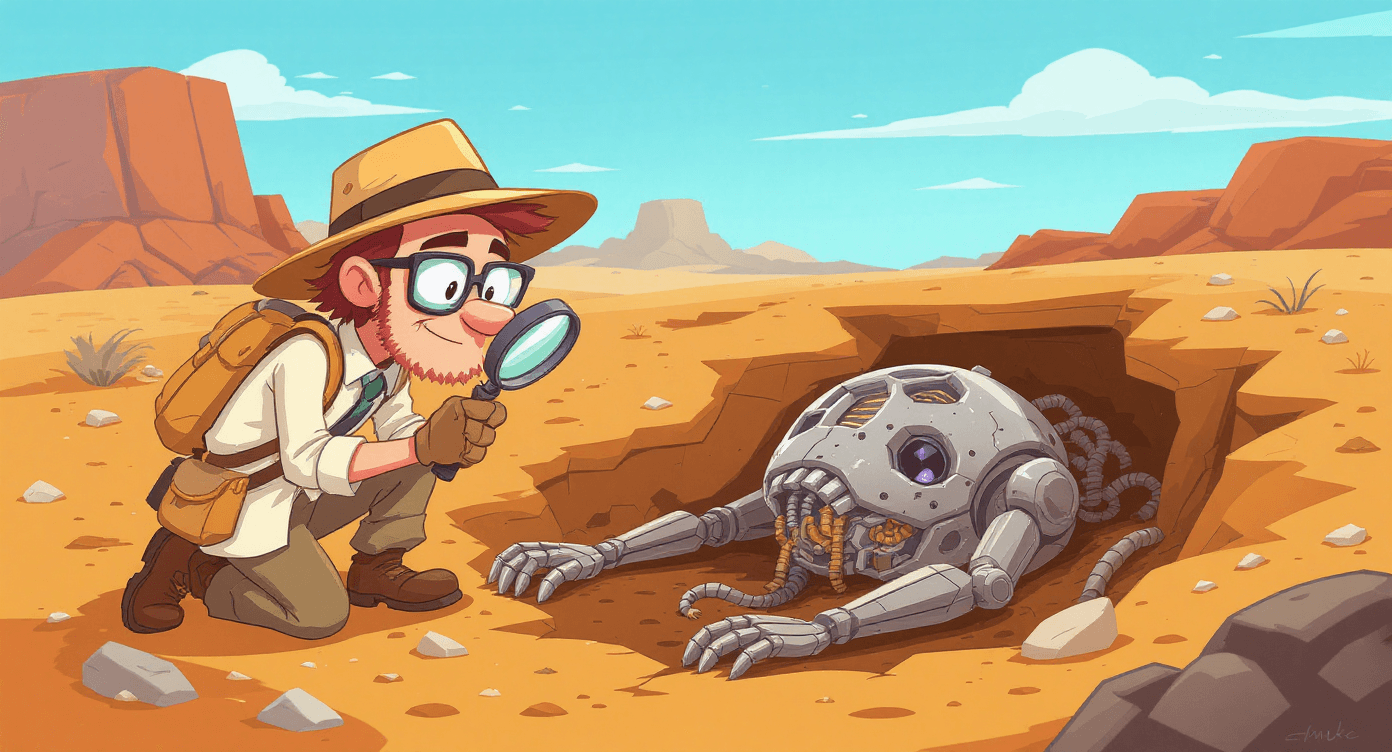
Then, around 2010, three things happened:
We got massive amounts of data (thanks, internet!)
Computers became stupidly powerful
Someone figured out how to use both together properly
Suddenly we had AI that could actually do useful things instead of just impressing computer science professors. It's like the difference between your mate's first attempt at home brewing and actual beer you'd willingly drink.
If you're curious about the full timeline, Stanford's AI Index Report tracks how we got from those room-sized computers to today's pocket-sized AI assistants.
🎯 The Three Types of Machine Learning (Like Your Mates, But More Reliable)
There are basically three approaches to machine learning, and they're about as different as your friends' methods for pulling:
Supervised Learning: The Keen Student
This is like having the world's most patient teacher. You show the computer thousands of examples with the right answers – think loads of photos labelled "definitely a cat" or "not a cat, you numpty" – until it gets the hang of cat-spotting on its own.

It's brilliant for things like:
Email spam filters (finally understanding that you don't actually want to "increase your girth")
Medical diagnoses (way better than Google telling you that headache is definitely terminal)
Fraud detection (catching the bastard who nicked your card details)
Netflix recommendations (mostly getting it right about your guilty pleasures)
🗝 The key advantage? It's accurate because it's learned from correct examples. The downside? You need loads of labelled data, which is about as fun as it sounds.
🕵Unsupervised Learning: The Nosy Detective
Give this one a massive pile of unlabelled data and let it go full Sherlock Holmes, finding patterns nobody asked it to look for.
It's like your computer having a proper snoop through your data and coming back with observations like "Did you know you always order pizza on Sundays?" or "Your customers seem to fall into these five weird groups."

Unsupervised learning in action:
Customer segmentation (why Amazon knows you're an impulse buyer)
Anomaly detection (spotting when something's not quite right)
Market research (finding trends nobody knew existed)
Retailers love this stuff because it helps them figure out surprising connections. Research published in PLOS ONE demonstrates how machine learning algorithms can discover unexpected purchasing patterns and consumer behaviours that humans miss entirely.
🏋 Reinforcement Learning: Trial and Error on Steroids
This is basically how toddlers learn, but with more maths and fewer tantrums. The computer tries different approaches, gets rewarded for good choices, and gradually gets better through pure bloody-mindedness.

Where reinforcement learning shines:
Game playing (this is how they taught computers to absolutely demolish humans at chess, Go, and poker)
Autonomous vehicles (learning to drive without crashing)
Trading algorithms (making money while you sleep)
Those infuriating video game NPCs that seem to know exactly how to wind you up

🧠 Quick fact : Netflix's recommendation algorithm is so good that 80% of what people watch comes from its suggestions - not from browsing or searching.
🧬 Deep Learning: When Machine Learning Got Properly Clever
Deep learning is where things get a bit sci-fi. It's loosely inspired by how brains work – layers of artificial "neurons" passing information around like the world's most organised game of Chinese whispers.
The "deep" bit just means there are loads of these layers stacked up, like a really complicated sandwich. Different architectures are good for different jobs:
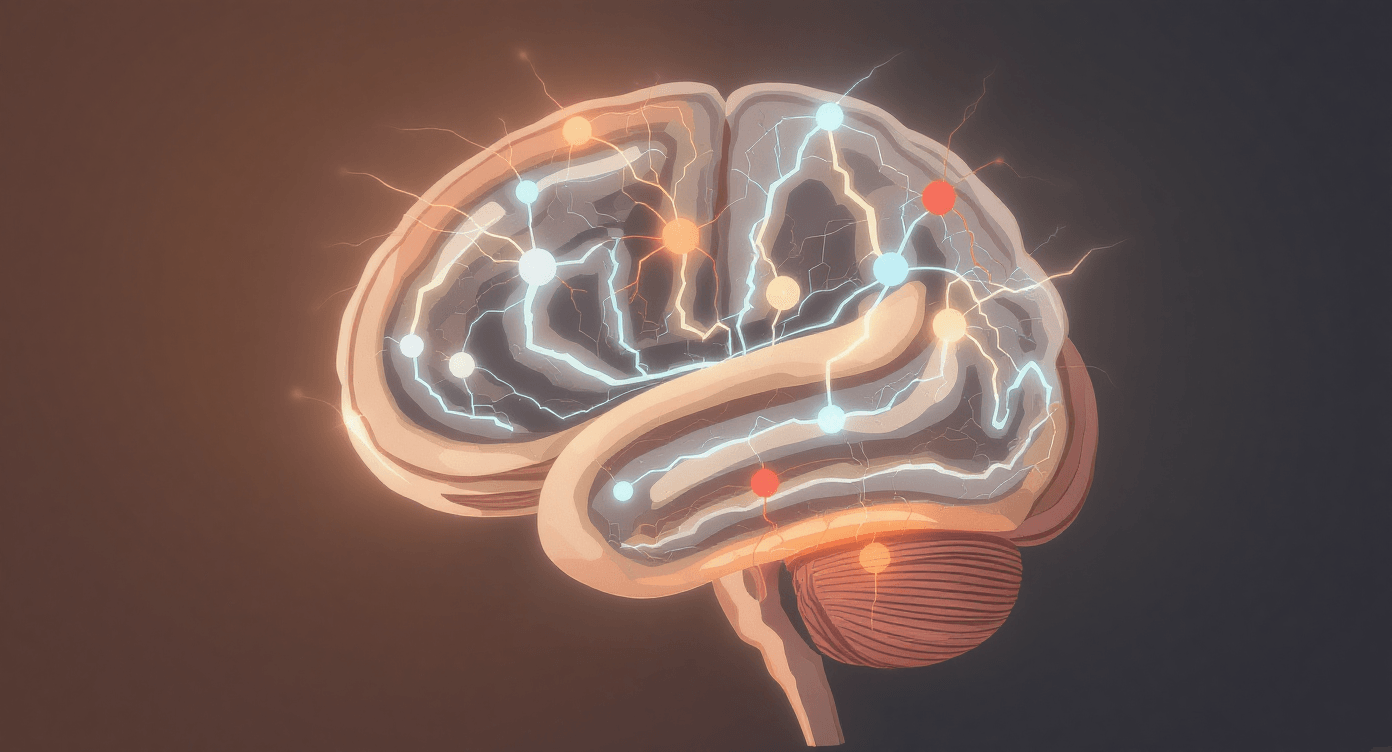
🧙 Convolutional Neural Networks (CNNs): The Visual Wizards
Brilliant at looking at pictures. These are what make your phone camera automatically focus on faces instead of the blurry background (finally, decent selfies).
What CNNs excel at:
Photo recognition and tagging
Medical image analysis
Self-driving car vision
Quality control in manufacturing
🎭 Transformers: The Language Masters
The clever clogs behind ChatGPT and friends. They're ace at understanding and generating text, though they still occasionally come out with absolute nonsense with complete confidence (bit like politicians, really).
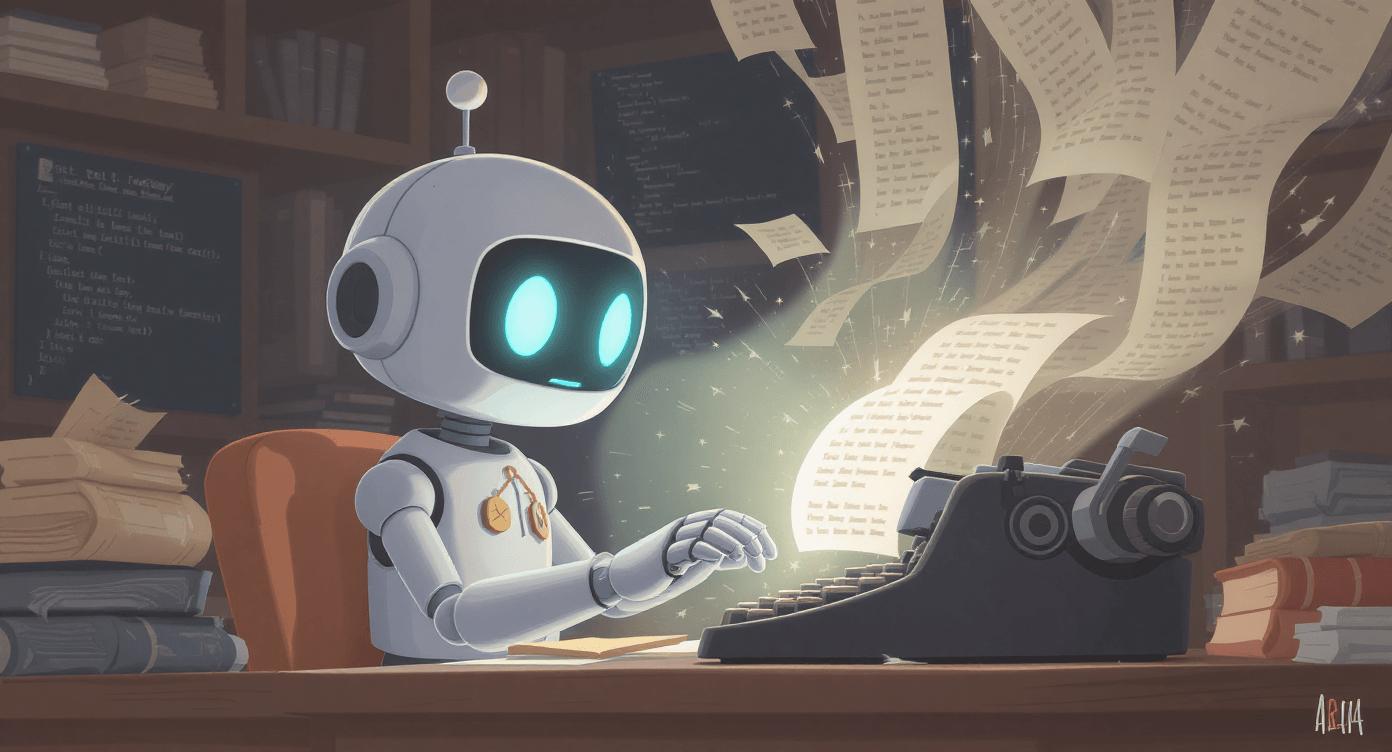
🔊 Recurrent Neural Networks (RNNs): The Sequence Specialists
Good at anything that happens in sequence, like predicting what word comes next in a sentence or understanding why "Let's eat Grandma" needs a comma.
It's like having different tools in your shed – you wouldn't use a hammer to fix a leaky tap, would you?
Want to master AI conversations like a pro? Our Prompt Like a Pro shows you exactly how to get better results from ChatGPT, Claude, and other AI tools – with proven templates and techniques that actually work.
⚡ The Machine Learning Life cycle: From Idea to "Oh Shit, It's Actually Working"
Building a machine learning system isn't just about the fancy algorithms – there's a whole process that's about as glamorous as it sounds:
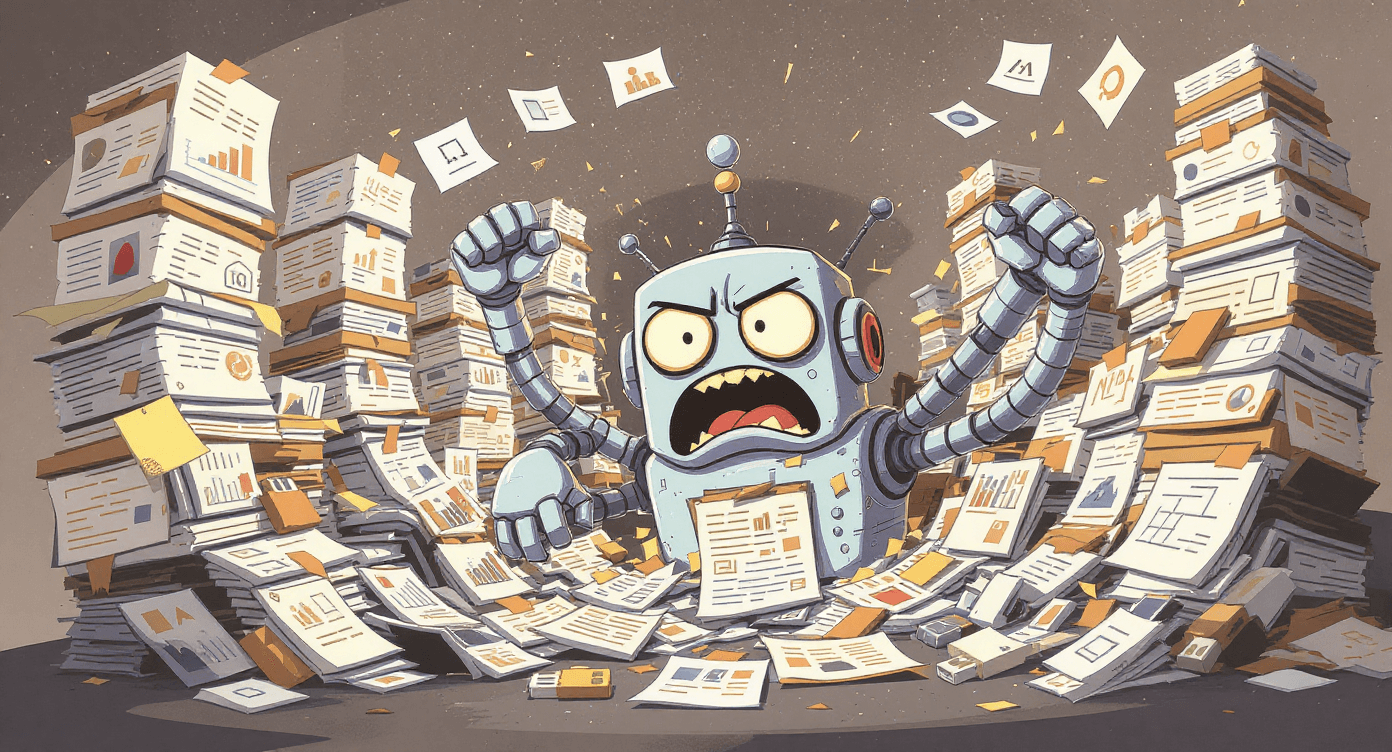
📊 1. Data Collection: Gathering Information Like a Digital Hoarder
Everything starts with data. Loads of it. The quality matters more than quantity, though – feeding rubbish data to even the cleverest algorithm is like trying to make a gourmet meal from petrol station sandwiches.
🧹 2. Data Cleaning: Removing Digital Sock-in-Salad Moments
Real-world data is messy. Think typos, missing information, and the occasional "123456" entered as someone's age. This step removes the digital equivalent of finding a sock in your salad.
Research published in Neural Computing and Applications demonstrates how machine learning algorithms can discover unexpected patterns in retail operations that humans miss entirely.
🖱 3. Model Training: Teaching the Computer (With Roughly the Patience of a Saint)
This is where the actual machine learning happens. The computer looks at patterns, makes guesses, gets corrected, and gradually improves. Like teaching someone to drive, but without the sweary arguments.
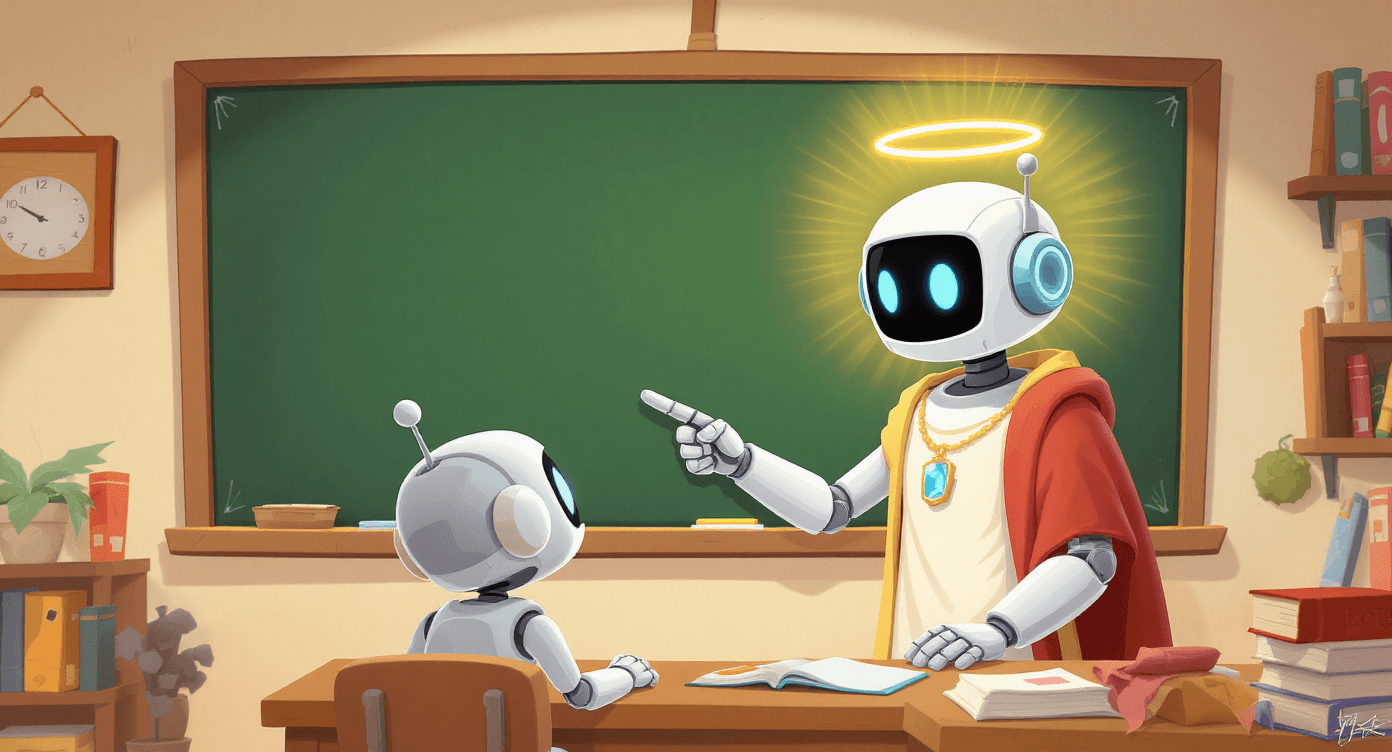
🗣 4. Testing: Making Sure It Doesn't Talk Complete Rubbish
You test the trained model on data it's never seen before. If it does well, brilliant. If it fails spectacularly, back to the drawing board (or wine, depending on the day).
🚀 5. Deployment: Unleashing It on Unsuspecting Users
Your shiny new AI goes live. This is either exciting or terrifying, depending on how confident you are in steps 1-4.
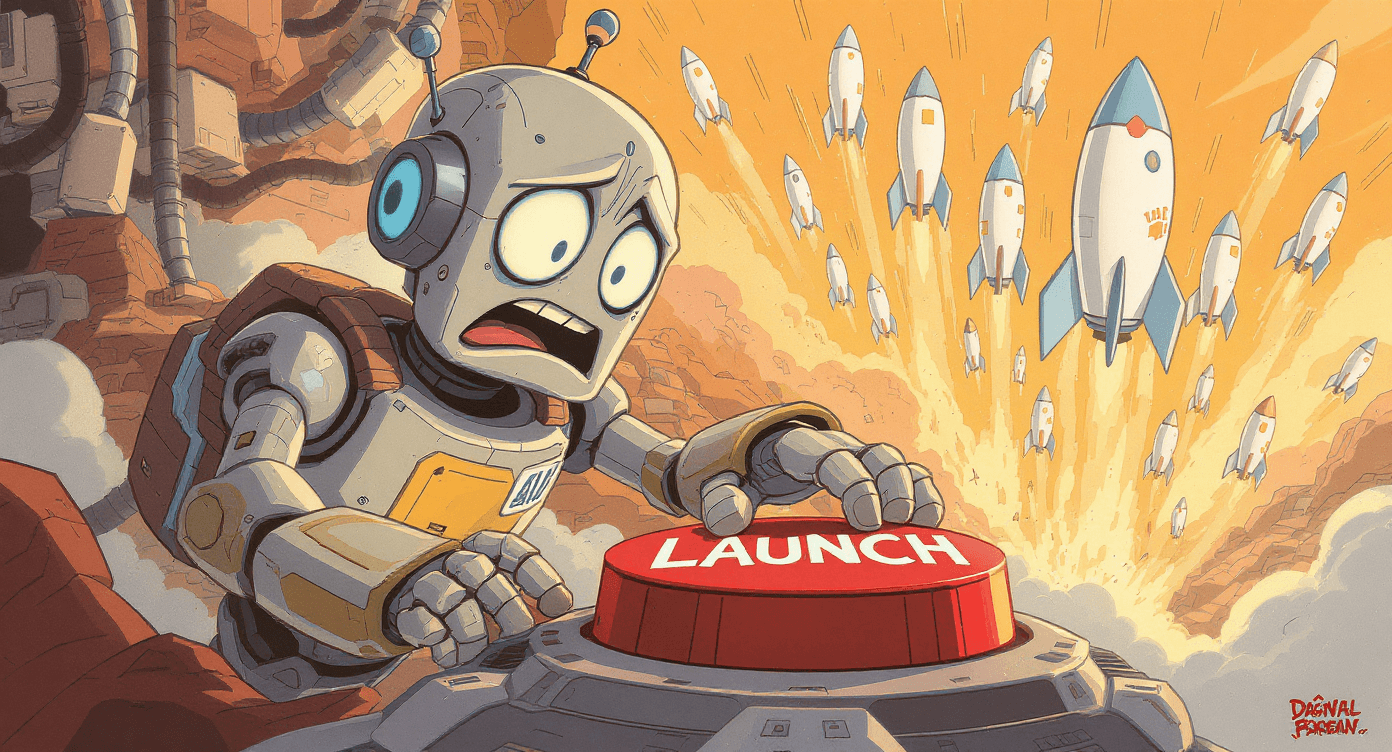
🦅 6. Monitoring: Watching Like a Hawk
The tricky bit is maintenance. Data changes, people's behaviour shifts, and suddenly your perfectly trained model starts making suggestions like a drunk person at 3 AM. It's like tending a garden – you can't just plant it and sod off to the pub.
📠 Machine Learning Applications: Where You'll Find This Stuff (Spoiler: Everywhere)
ML is already running your life, whether you've noticed or not.
In Your Daily Digital Life:
Netflix knows your guilty pleasure for reality TV better than your therapist
Your phone camera can spot faces in photos and somehow make you look less like you've been hit by a bus
Spotify creates those eerily accurate playlists that somehow know you're having an existential crisis
Google Maps predicts traffic jams with supernatural accuracy
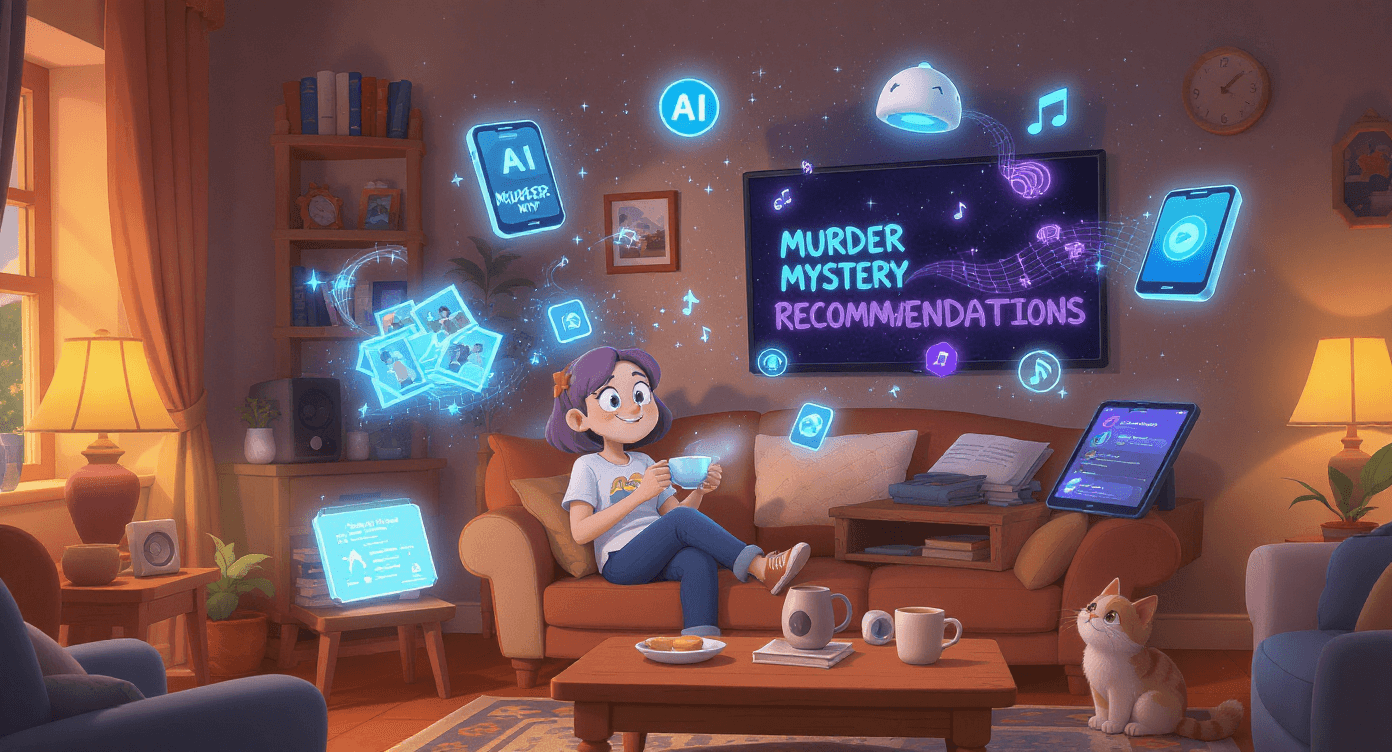
Behind the Scenes:
Banks use it to catch fraudsters faster than you can say "I definitely didn't buy £500 worth of garden gnomes in Belarus"
Amazon suggests products you didn't know you needed (and often don't)
Email providers filter spam so you don't have to read about miracle weight-loss teas
Search engines understand what you actually mean, even when you type like you're having a stroke
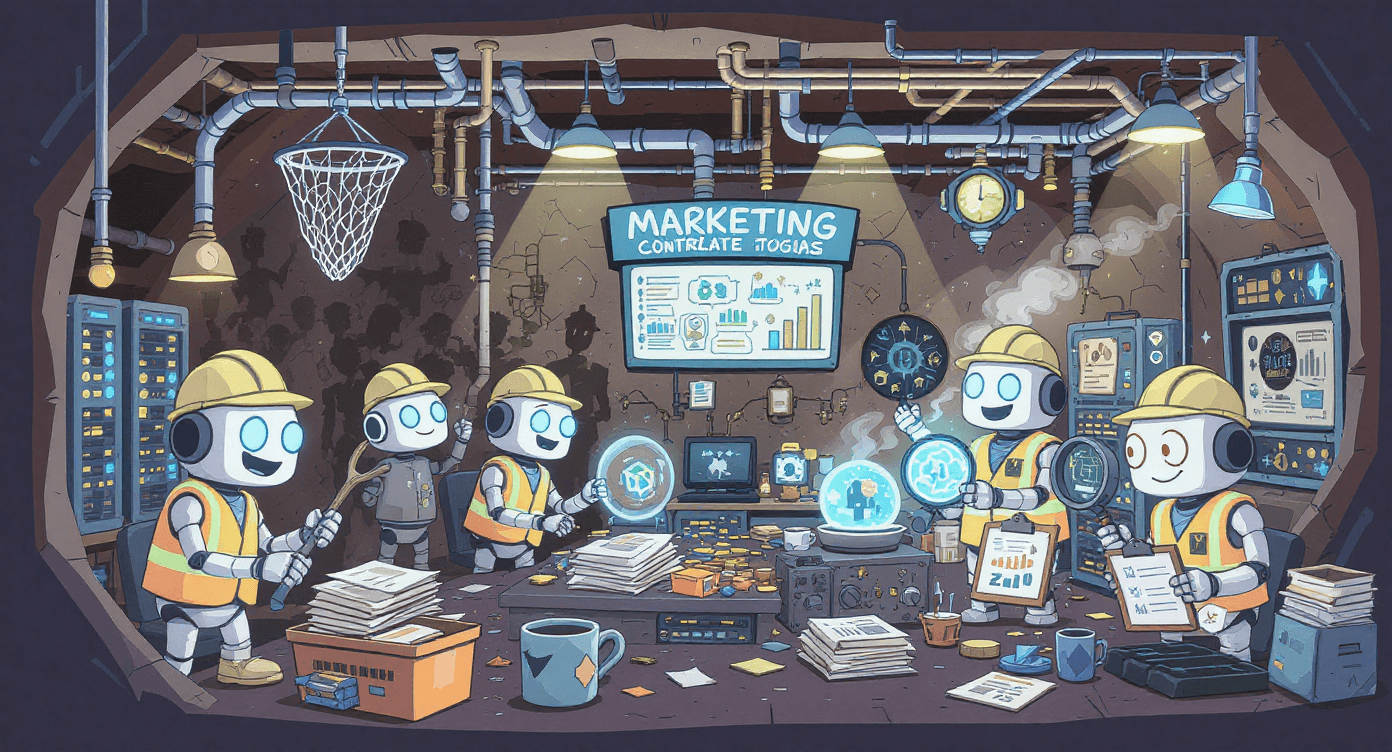
The Big Stuff:
Tesla's using it to build cars that can drive themselves (mostly)
Hospitals are using it to spot diseases earlier than human doctors
Weather services predict storms with increasing accuracy
Financial markets use it for trading decisions
And somewhere, a computer is probably deciding what advert to show you next (sorry about that).

💡Foundation Models: The Know-It-All Mates of AI
These are the real game-changers – massive AI models trained on basically the entire internet (yes, including the weird bits). Think ChatGPT, Claude and their digital cousins.
They're called "foundation models" because you can build loads of different applications on top of them, like a really versatile Lego set that can become anything from a spaceship to a castle to that weird creation your nephew made that looks like abstract art.

💎 What Makes Foundation Models Special:
Versatility: Instead of building separate AIs for writing, coding, analysis, and creative tasks, one foundation model can do them all reasonably well.
Transfer Learning: They use knowledge from one area to help with another – like how learning to drive a car helps with driving a van.
Few-Shot Learning: Show them a couple of examples, and they can often figure out what you want without extensive training.
These are the current capabilities and what the models are getting scary good at:
Writing emails that don't sound like they were composed by a robot
Explaining quantum physics in terms your goldfish could understand
Creating images of anything you can imagine (and some things you probably shouldn't)
Having conversations that make you question whether you're talking to a human
Coding in multiple programming languages
Analysing data and creating reports
🪖 The newer ones can handle text, images, audio, and video all at once. It's like having a Swiss Army knife, if Swiss Army knives could also write poetry and explain why your sourdough starter keeps dying.

📐Measuring Machine Learning Success: How Do We Know It's Not Just Making Stuff Up?
Classification
(is this spam?):
Accuracy: How often does it get the right answer?
Precision: When it says "spam," how often is it actually spam?
Recall: How much real spam does it catch?
Prediction
(will it rain tomorrow?):
How close are its guesses to reality?
Does it consistently over or under-estimate?
Generation
(write me a poem):
Does it make sense, or does it sound like it was written during a fever dream?
Is it relevant to what was asked?
Does it maintain consistency throughout?

🥇The Golden Rule: Testing on Fresh Data
The golden rule is testing on data the computer's never seen before. It's like giving someone a surprise quiz on material you haven't taught them – if they do well, they've actually learned something useful rather than just memorising your notes.
This prevents "overfitting" – when a model becomes brilliant at the training data but useless at everything else. Like memorising one recipe perfectly but being unable to cook anything else.
🚨 The Serious Bit: Machine Learning Ethics and Not Accidentally Ruining Everything
Right, time for the grown-up conversation. This technology is properly powerful, which means we need to be careful we don't accidentally create the digital equivalent of a bull in a china shop.
🛡️ The Main Concerns:
Bias and Discrimination: AI systems can pick up biases from their training data (turns out, the internet isn't exactly a bastion of balanced viewpoints). This can lead to unfair treatment in hiring, lending, or law enforcement.
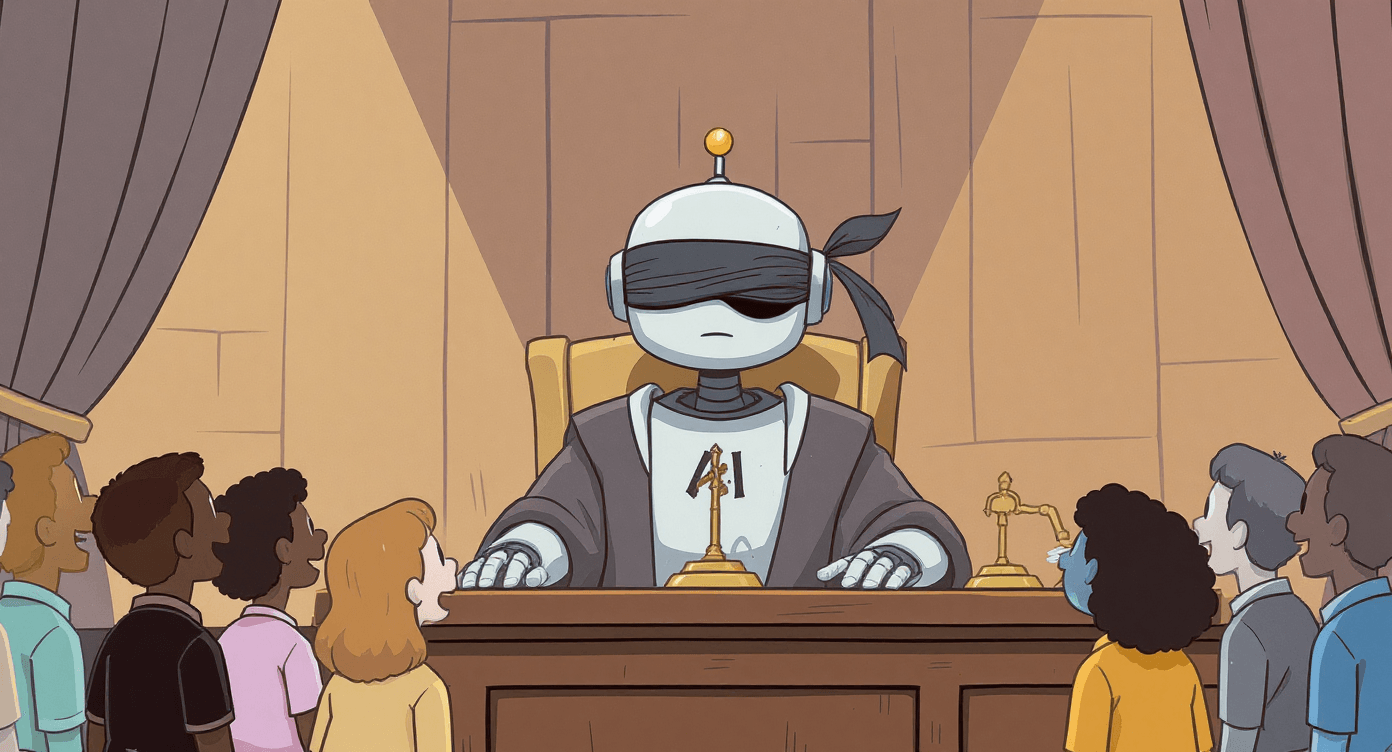
Privacy Issues: These systems often need loads of personal data to work well. The question is: who has access to it, and what are they doing with it?
Job Displacement: As AI gets better at human tasks, some jobs will inevitably change or disappear. The challenge is managing this transition fairly.
Misinformation and Deepfakes: The same technology that can write helpful emails can also create convincing fake news or videos.
Accountability: When an AI system makes a mistake that affects real people's lives (imagine a medical AI having an off day), who's responsible?
🗞 The Good News:
Lots of clever people are working on this. There are guidelines, regulations, and ethical frameworks being developed faster than you can say "responsible AI." It's like having digital health and safety regulations, but for algorithms.
The Partnership on AI brings together major tech companies and researchers to establish best practices, while governments worldwide are developing AI governance frameworks.
Key principles include:
Transparency: Knowing how and why AI makes decisions
Fairness: Making sure it doesn't discriminate against anyone
Accountability: Someone needs to be responsible when things go tits up
Privacy: Keeping your personal data personal
Human oversight: Keeping humans in the loop for important decisions
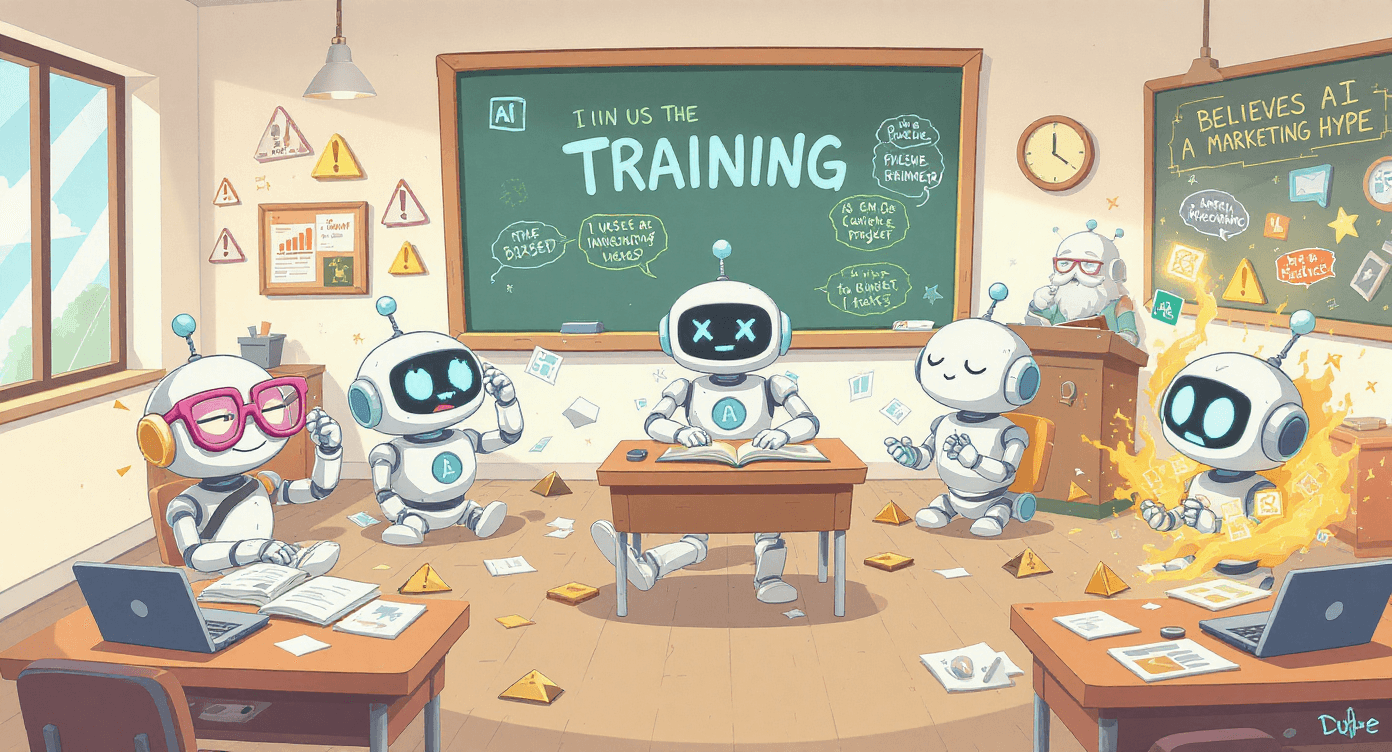
Curious about using AI ethically in your own work? Check out our guide on 5 common mistakes beginners make – it includes the ethical pitfalls to avoid, plus practical advice without the academic jargon.
🌞 What's Next: The Future's Bright (and Slightly Terrifying)
We're still in the early days of this AI revolution, believe it or not. It's like being in 1995 and trying to imagine what the internet would become (spoiler: nobody predicted we'd all be arguing with strangers about pineapple on pizza).
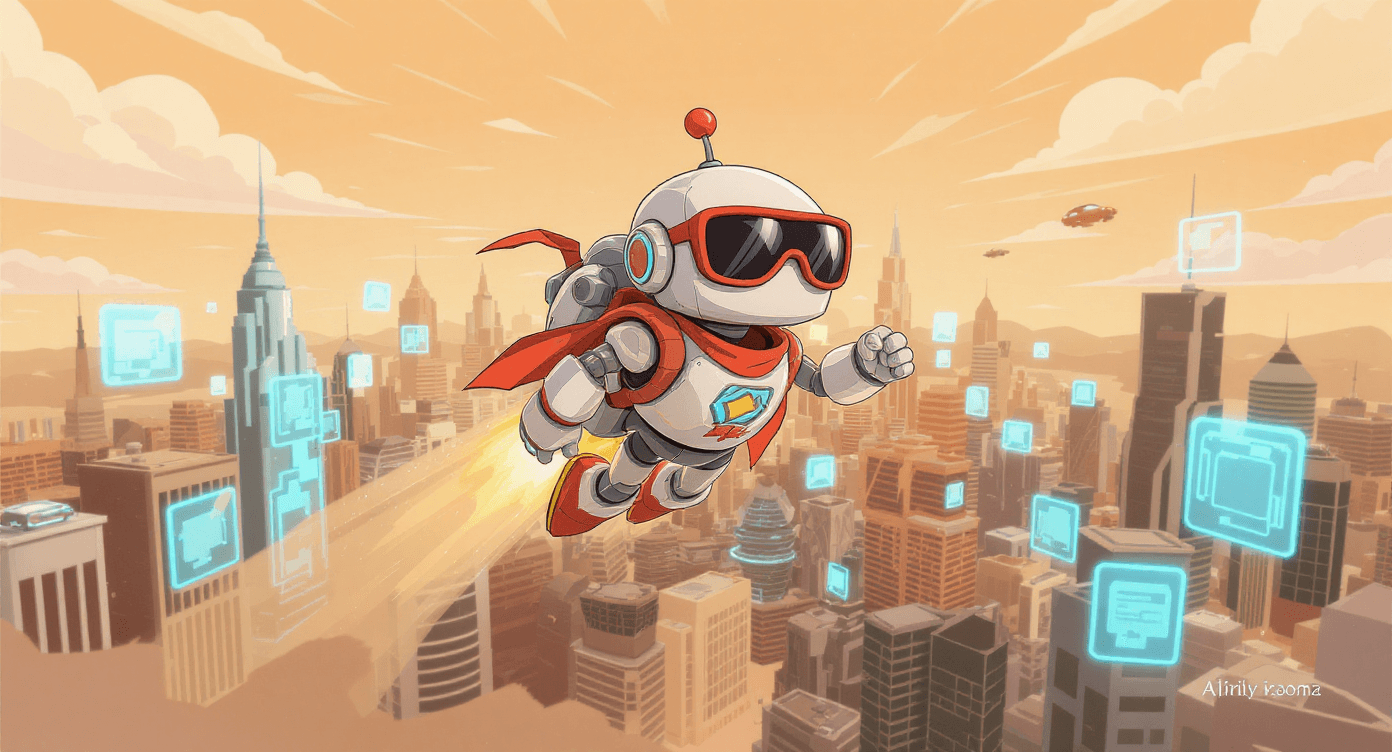
📈 Current Trends to Watch:
Bigger, Better Models: The trend toward larger models continues, but efficiency is becoming equally important. According to MIT FutureTech research, computational requirements for training AI models have been growing exponentially, with compute scaling contributing roughly twice as much as algorithmic progress to performance improvements.
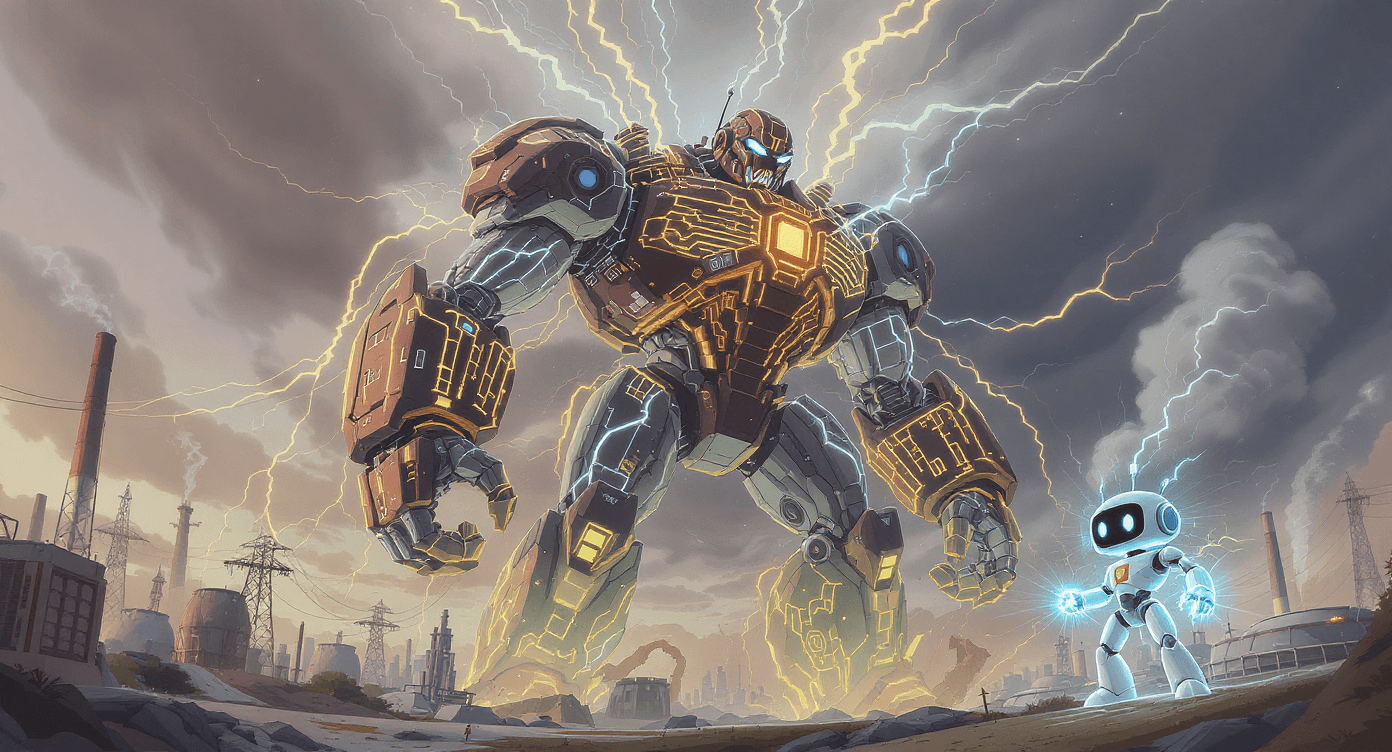
Multimodal Capabilities: AI that can see, hear, read, and create across all formats. Imagine describing a photo to ChatGPT and having it create a video response.
Better Reasoning: Moving beyond pattern matching to actual problem-solving and logical thinking.
Personalised AI: Systems that adapt to your specific needs and preferences without compromising privacy.
Edge AI: Running smart algorithms on your devices instead of in the cloud, for faster responses and better privacy.
🔒 Machine Learning Limitations: What It Can't Do (Yet)
Let's be realistic – machine learning isn't magic, and it has some pretty significant limitations:
Common Sense and Context:
AI can write brilliant essays but might not understand why you shouldn't wear a winter coat to the beach. It lacks the intuitive understanding of the world that humans take for granted.
Creativity vs Pattern Matching:
AI can create impressive art, music, or writing, but it's mostly recombining existing patterns in novel ways rather than having truly original though
If you're just getting started, our guide on NLP explained simply covers how AI understands language – and where it still struggles.ts.
Emotional Intelligence:
While AI can recognise emotions in text or images, it doesn't truly understand feelings or the nuances of human relationships.
Explaining Decisions:
Many AI systems are "black boxes" – they work well but can't explain why they made a particular decision. This is problematic for important applications like medical diagnosis or legal decisions.
Data Requirements:
Most machine learning needs loads of data to work well. For niche or new problems, this data might not exist yet.
Understanding these limitations helps you set realistic expectations and use AI tools more effectively.
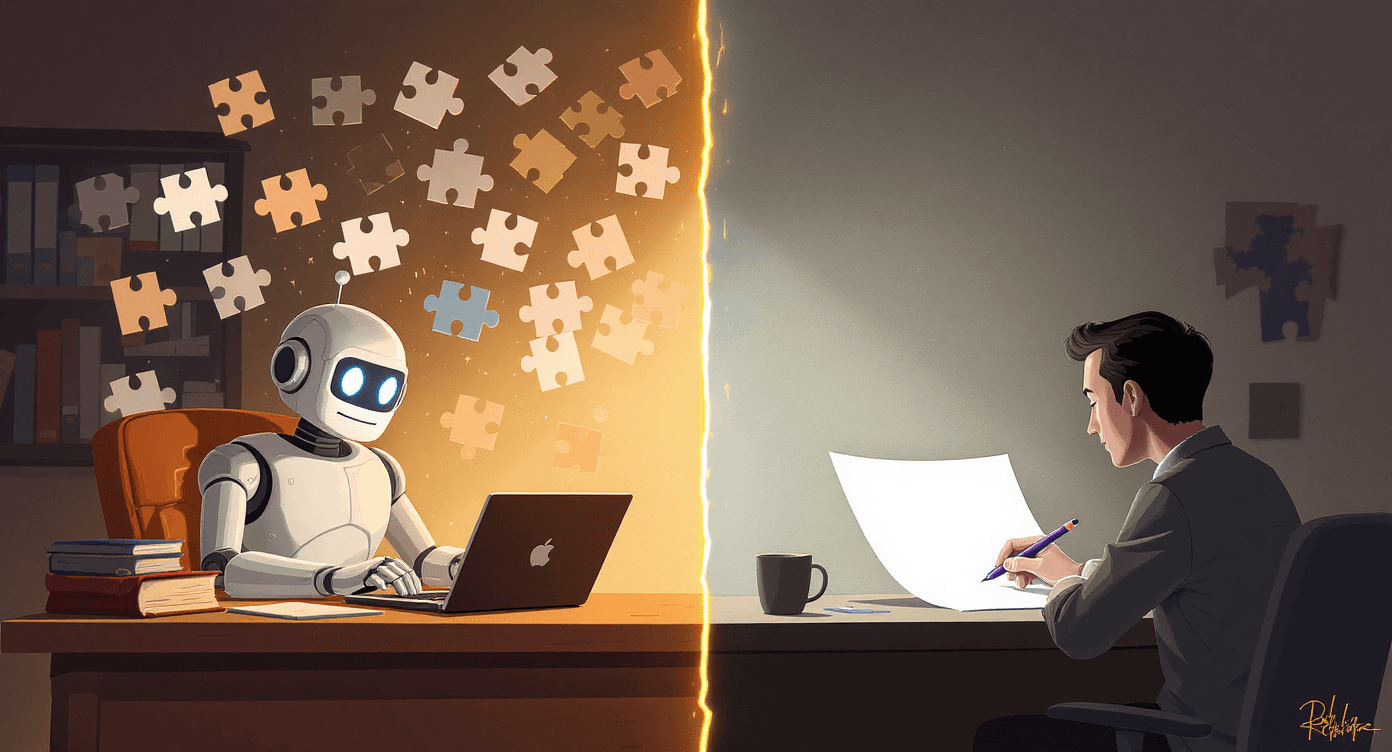
🔧 Machine Learning Tools Worth Trying (If You're Feeling Adventurous)
Ready to get hands-on? We've already covered how to use AI: 4 simple ways beginners can start today, but here are some specific tools that showcase machine learning in action:

For Complete Beginners:
ChatGPT: Writing help, explanations, brainstorming
Grammarly: Makes your writing less embarrassing using ML-powered grammar checking
Canva's AI: Creates decent graphics without design skills
Otter.ai: Transcribes meetings and calls automatically
Getting More Advanced:
Notion AI: Organises your thoughts and notes intelligently
GitHub Copilot: Helps with coding (if you're into that sort of thing)
Midjourney/DALL-E: Creates images from text descriptions
Jasper: AI writing assistant for marketing and content
For Business Users:
Zapier AI: Automates workflows between different apps
Crystal: Analyses personality from public data to improve communication
MonkeyLearn: Text analysis for customer feedback and social media
🥡 Key Takeaways (The Bits to Remember)
AI ≠ ML: AI is the big picture, ML is how we make it smart
Three learning types: Supervised (teacher), Unsupervised (detective), Reinforcement (trial and error)
It's everywhere already: Netflix, banking, maps, shopping - it's running your digital life
Foundation models are game-changers: ChatGPT and friends can handle almost any text, image, or creative task
Quality data matters most: Rubbish in, rubbish out – no algorithm can fix bad data
Ethics aren't optional: We need to be thoughtful about bias, privacy, and accountability
Limitations exist: AI isn't magic – it has blind spots and can't replace human judgement entirely
You don't need to be a tech wizard: Understanding the basics helps you make better decisions and use tools more effectively
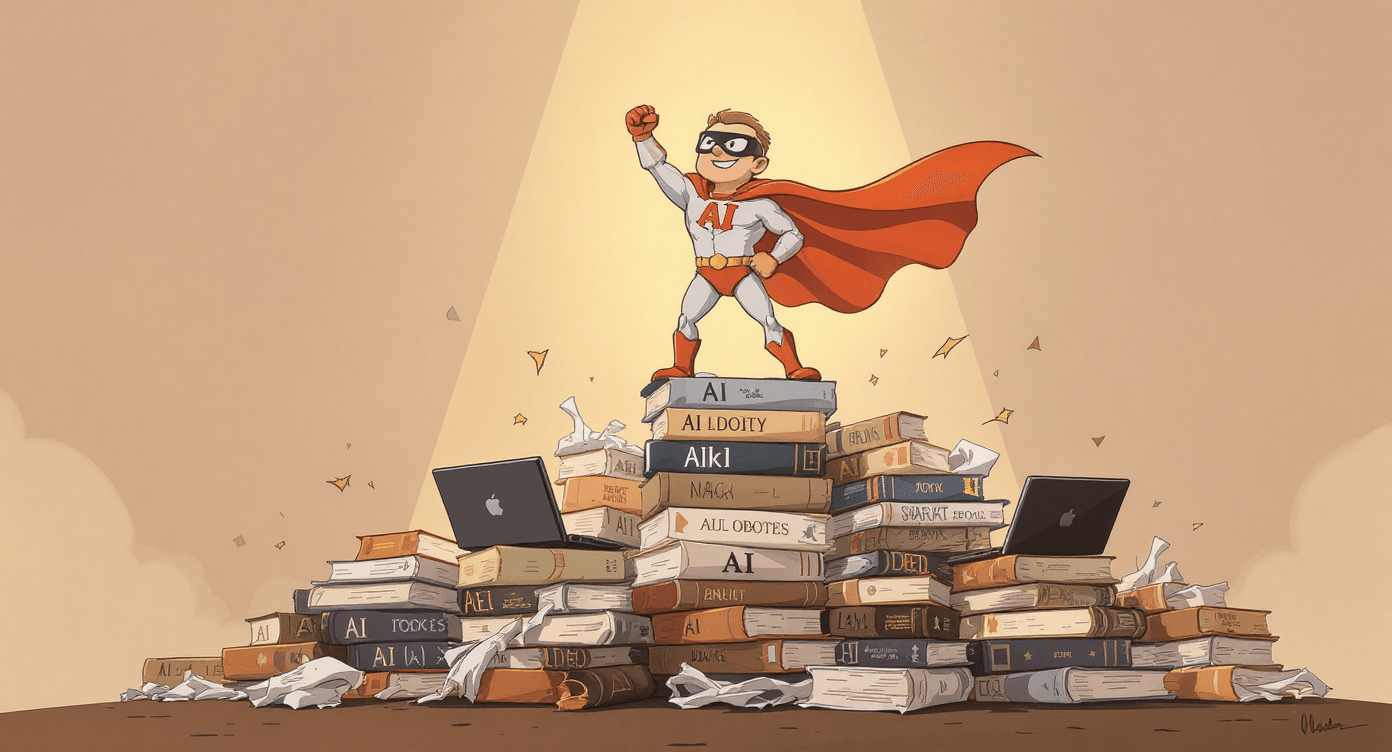
🌟 The Bottom Line: Machine Learning Simplified
Machine learning isn't magic – it's just a really clever way of finding patterns in data and using those patterns to make predictions or decisions. It's like having a mate who's really good at spotting trends and making educated guesses, except this mate never gets tired, doesn't need coffee breaks, and won't judge you for your questionable life choices.
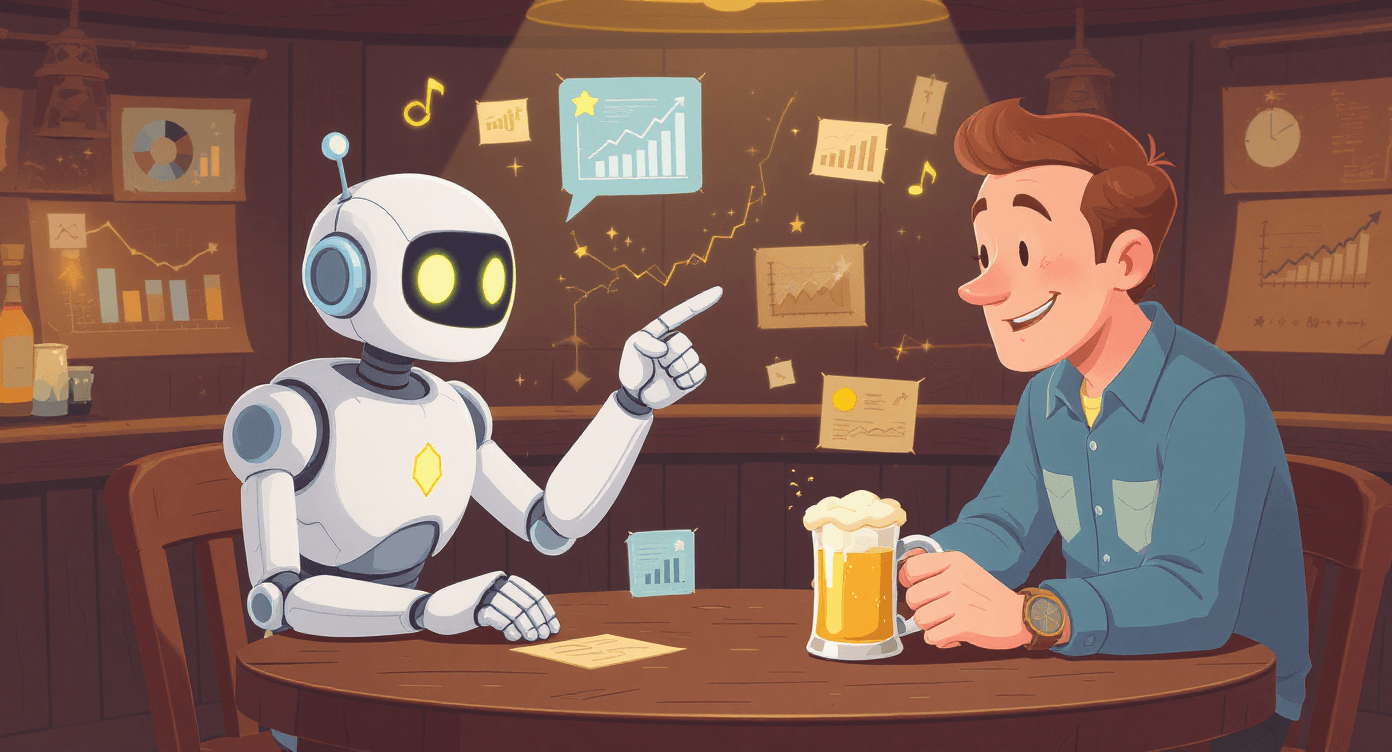
Understanding the basics helps you:
See through the marketing bollocks and hype
Figure out what's genuinely useful versus what's just Silicon Valley showing off
Have informed conversations about AI without sounding like you're reading from Wikipedia
Make better decisions about which AI tools might actually help you
Prepare for a future where these technologies are even more prevalent
The key thing to remember is that we're all figuring this out together.
Even the experts are sometimes just winging it and hoping for the best (though they'd never admit it at conferences).
Want to actually use these tools? Start here:
How to Use AI: 4 Simple Ways - Practical starting point for beginners
Download our Free Beginner's Cheat Sheet - Quick reference for all the tools mentioned in this guide
5 Common AI Mistakes - Avoid the pitfalls everyone makes
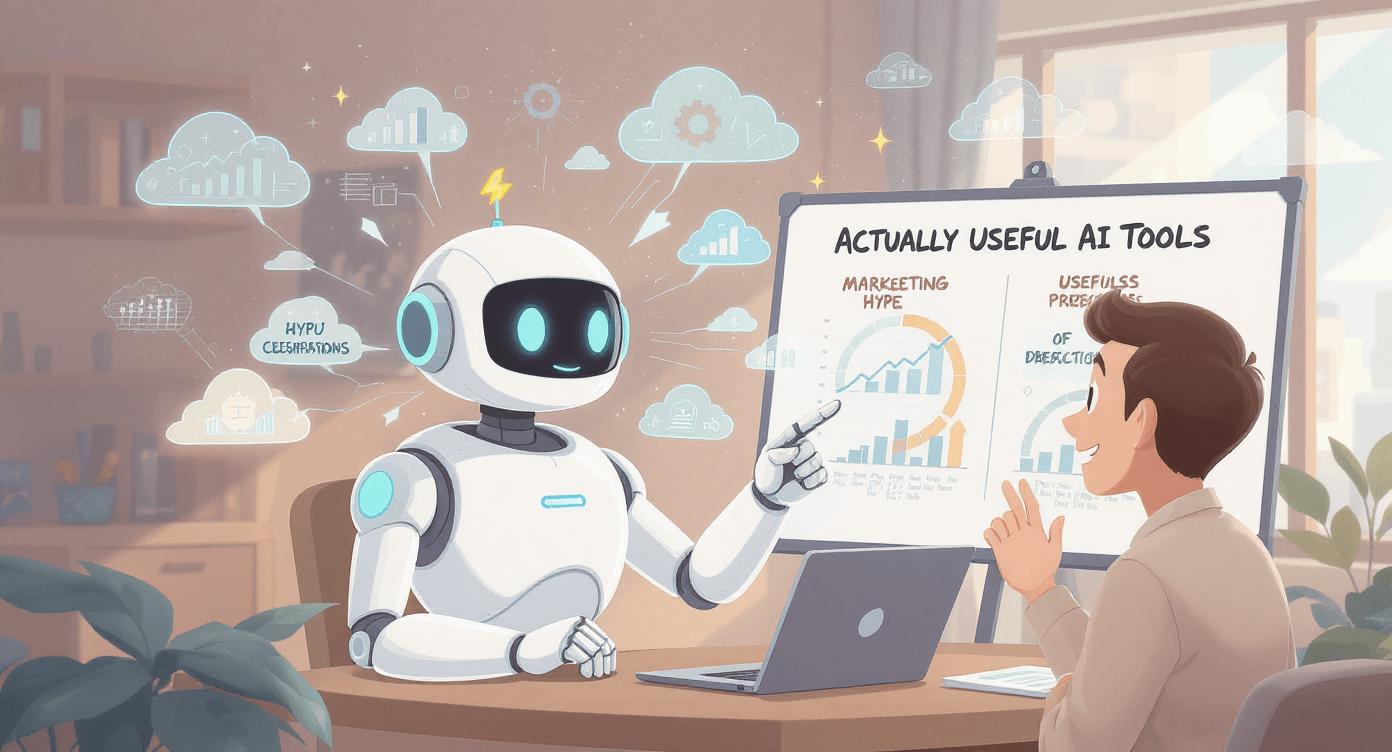
Pick one. Try it today. That's how you go from understanding machine learning to actually using it.
So there you have it – machine learning demystified, with only minimal technical jargon and maximum British cynicism. Now you can sound properly clever down the pub when someone starts banging on about AI taking over the world.
📖 Fancy learning more about AI without your brain melting? SimplifyAI breaks down complex tech into bite-sized pieces that won't give you a headache. Because life's complicated enough already.
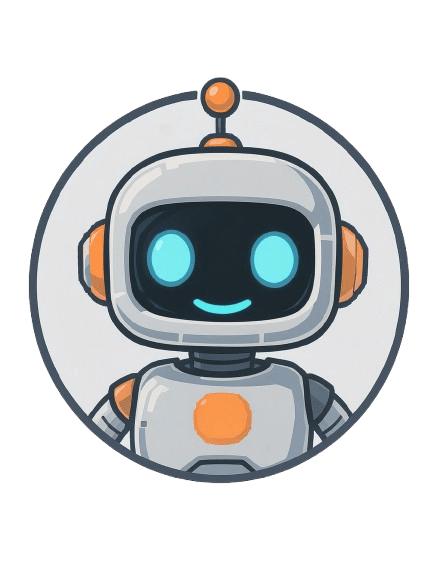
Simplify AI
Making AI make sense -- one prompt at a time
Declaration
Some links on this site are affiliate links.
I may earn a small commission, but it doesn't
cost you anything extra.
I only recommend tools i trust
Thank you for your support
Socials
Location
Based in Mansfield, Nottinghamshire
Simplifying AI for beginners, no matter
where you're starting from.
All Rights Reserved.